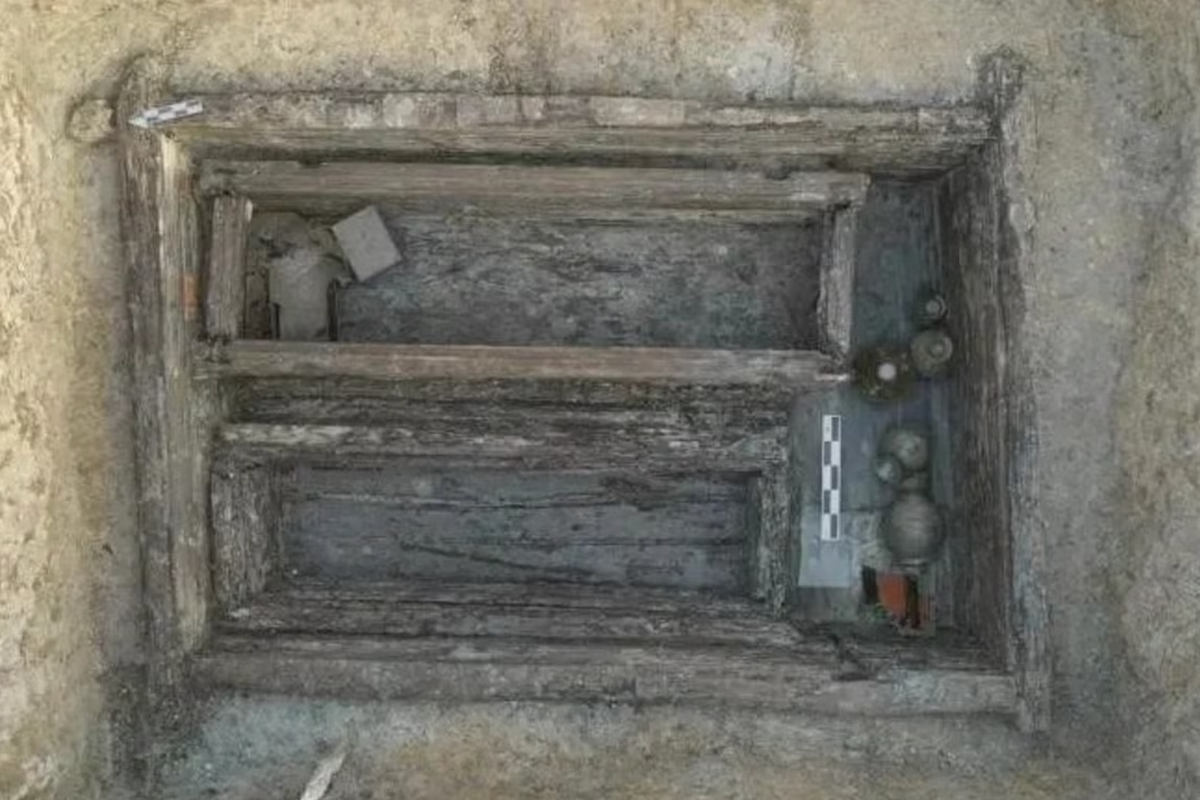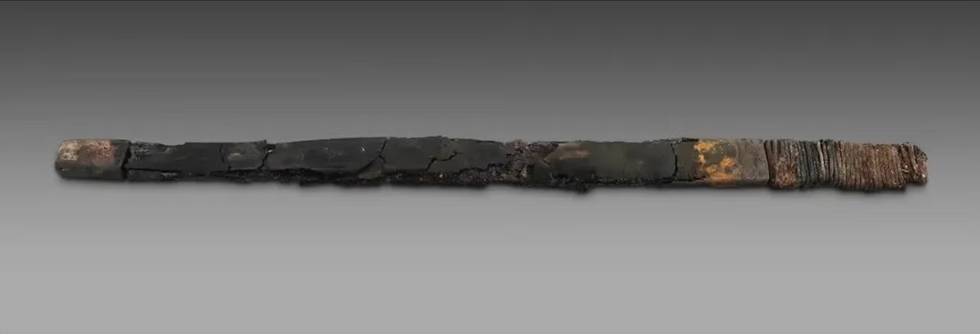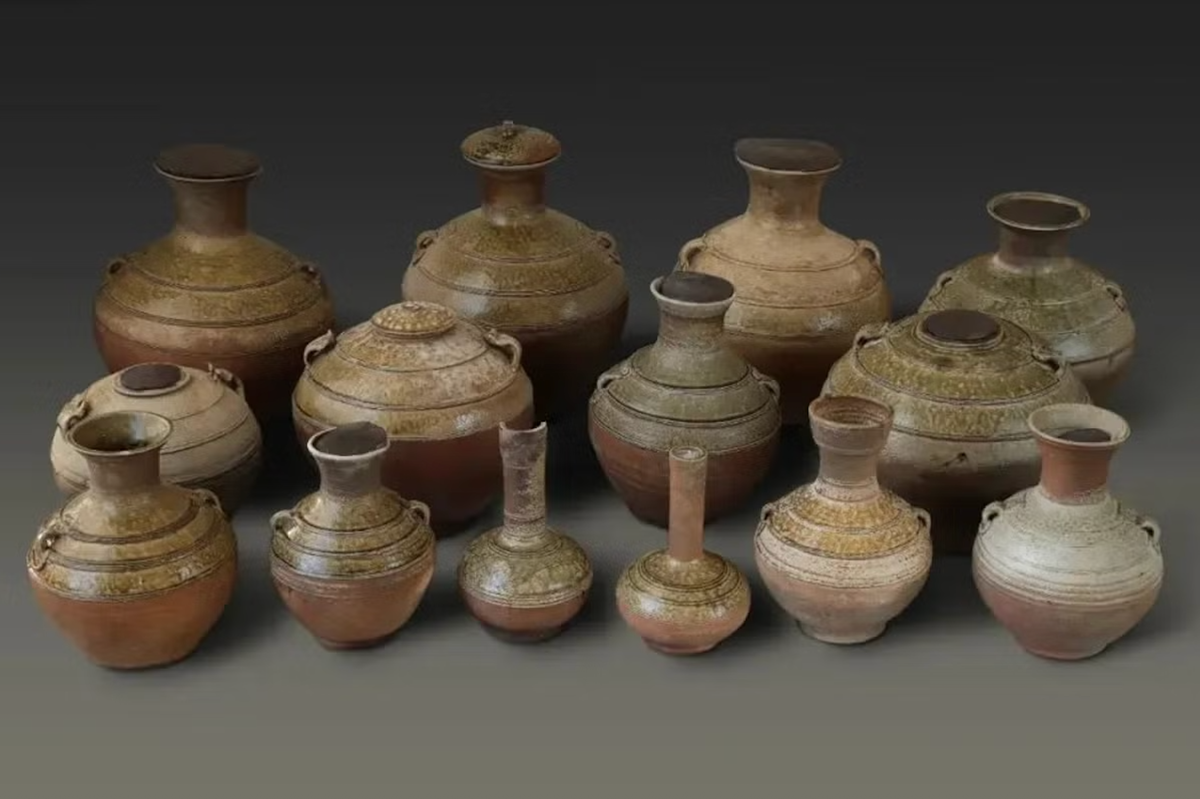Sinead Butler
Jun 24, 2025
New archaeological discoveries in NE China shed light on ancient Hongshan culture
content.jwplatform.com
Chinese archaeologists have found three 1,800-year-old tombs full of treasure in the southeastern city of Rizhao.
The rare discovery was confirmed by the Institute of Archaeology at the Chinese Academy of Social Sciences, which details how two out of the three tombs appear to have been "seriously stolen", although there is still a third that has mostly been left untouched.
"One tomb is well preserved, and more than 70 pieces of various burial goods have been unearthed,” the institute said.
But experts also say all the human bones in the tombs have decayed, while they also do not know what burial ceremony would've taken place there.

Thanks to looking at other tombs with a similar design found 400 miles from Beijing, what we do know is this one dates all the way back to between 206 BC and 220 AD, when the Han dynasty, which during this time ruled for four centuries.
“Judging from the form of the tomb and the unearthed burial goods, the situation of the tombs in the middle and late Western Han Dynasty found in this area is roughly the same, and it should also belong to the middle and late Western Han Dynasty,” scientists wrote.
How was the tomb discovered?
A local park was undergoing renovations when the tomb was found, and this prompted an excavation that was able to recover approximately 70 burial goods, such as pottery.
Other items excavated included ear cups, turtle button bronze seal, glazed pottery and more - with one particular tomb including mirror brushes, bamboo hairpins, copper seals, copper hooks, and iron swords.

Structure-wise, there were common passageways that allowed access to the coffins, and there were also rooms with doors and windows that were connected to this too.
Who do these tombs belong to?
One of the tomb owners is thought to be called "Huan Jia," according to an unearthed seal.
Further evidence points to a family link since an inscription of "Huan" was found in two of the tombs, so perhaps this may be a married couple's burial place.
“What is rare is that two of the three tombs have been unearthed with seals, and the same surname is Huan, so it can be inferred that the cemetery should belong to the tombs of the Huan family,” the academy explained.

Furthermore, what looks like transportation in the form of “two round wooden wheels” appears to indicate what once was a coffin carriage that would've transported the deceased to the grave site, in a find researchers described as “exquisitely crafted and uncommon."
"It was an important discovery of tombs in the Han Dynasty in recent years along the southeast coast of Shandong,” archaeologists said.
Additional analysis of the coffin and cart pieces could give us further understanding of the Han Dynasty's burial traditions and customs.
Elsewhere, 'Second hidden city' discovered 2,000 feet under Giza pyramids, and Archaeologists may have uncovered a key site from Greek mythology.
How to join the indy100's free WhatsApp channel
Sign up to our free indy100 weekly newsletter
Have your say in our news democracy. Click the upvote icon at the top of the page to help raise this article through the indy100 rankings.
Top 100
The Conversation (0)













